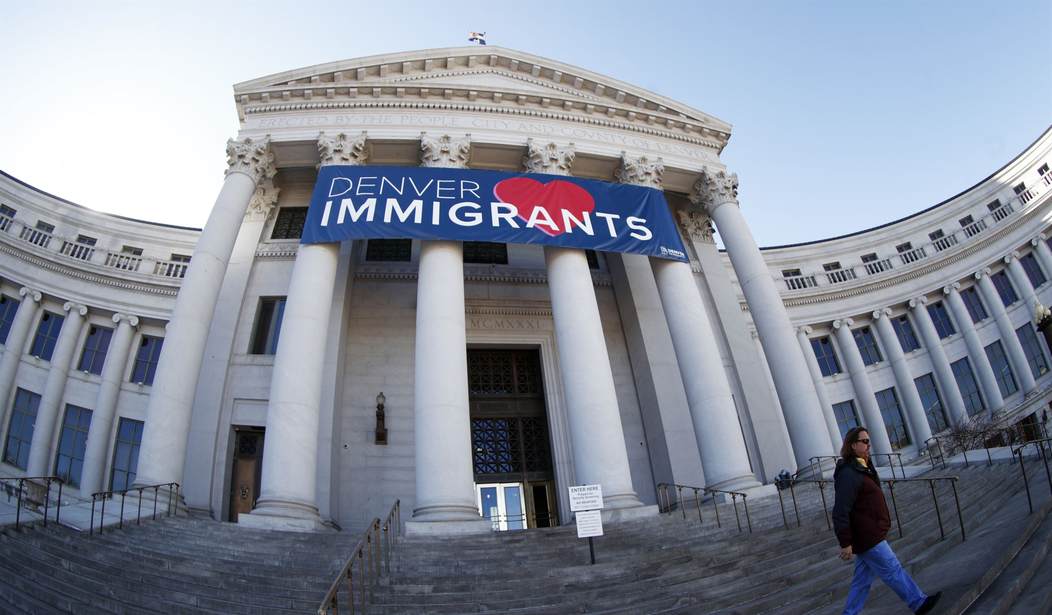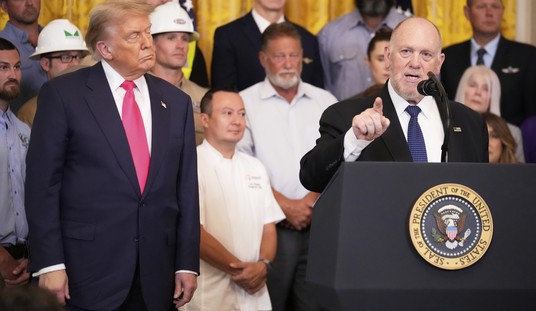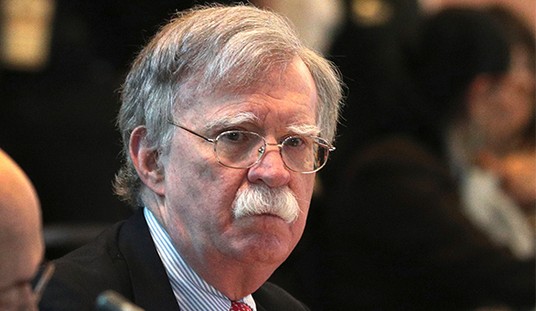I might get into a bit of trouble for this one, but hear me out, dear reader.
Former President Donald Trump recently vowed to “end all sanctuary cities” in an effort to curb illegal immigration.
Over the past decade, as immigration has become more of a hot-button issue, the existence of sanctuary cities has been a huge point of contention. However, doing away with this form of local control will create more problems than it will solve.
Trump made his declaration during a rally in North Carolina. “Today, I'm announcing a new plan to end all sanctuary cities in North Carolina and all across our country. No more sanctuary cities,” he said.
“As soon as I take office, we will immediately surge federal law enforcement to every city that is failing, which is a lot of them, to turn over criminal aliens, and we will hunt down, capture every single gang member, drug dealer, rapist, murderer, and migrant criminal that is being illegally harbored. Every one of the top 25 worst cities are Democrat-run cities.”
Sanctuary cities are municipalities that adopt polices or laws limiting or curtailing their cooperation with federal authorities. When it comes to immigration, the cities refuse to use local resources to assist in the identification, detention, or deportation of illegal immigrants.
The sanctuary movement ostensibly aims to protect immigrant communities by fostering trust between local police and residents, encouraging crime reporting without fear of deportation. However, critics argue that these policies hamper federal immigration authorities and could attract more illegals to enter the country.
Sanctuary cities are an example of the concept of nullification, which occurs when a state or local government refuses to enforce federal laws deemed to be unconstitutional. Immigration sanctuary cities fit into this mold by exerting local power instead of allowing the federal government to call the shots.
Trump’s promise to end sanctuary cities might sound good in theory, but it is a short-sighted proposal that carries with it problems liberty lovers would never want to face.
The “sanctuary” term has most often been applied to immigration. But there are several different types of sanctuary cities – one of which is related to protecting Second Amendment rights. Indeed, over 61 percent of counties in America have declared themselves sanctuaries for gun rights. This means sheriffs and other local law enforcement would refuse to enforce unconstitutional restrictions on firearms coming from state and local governments.
An example would be what happened in Illinois when its government passed an assault weapons ban. Over half of the state’s sheriffs announced they would refuse to enforce the measure. While these counties did not necessarily declare themselves to be sanctuaries, the nullification principle was in action.
Second Amendment sanctuaries have passed resolutions or ordinances to oppose enforcement of certain anti-gun laws such as universal background checks, assault weapons bans, and red flag laws.
The movement gained momentum in recent years as the Biden administration and several state governments sought to impede those who wanted to exercise their right to keep and bear arms. The highest concentration of Second Amendment sanctuary cities are in rural areas and states like Kansas, Virginia, and Texas.
This type of nullification has been hotly debated and is seen as a form of political protest.
Trump’s vow to end sanctuary cities will have more ramifications than he likely intends. Sure, it would make it easier to track down illegal immigrants – perhaps dangerous ones. But what is to keep a Democratic president from using this as a precedent to crack down on Second Amendment sanctuaries?
We are currently in a battle to retain our God-given right to keep and bear arms. The anti-gunner lobby in America is trying desperately to infringe upon this right to ensure there are fewer Americans capable of arming themselves. There can be no doubt that Democrats would use this as another way to weaponize the state against law-abiding gun owners.
This is why all politics is local. The governments that are closest to us should have the most say over what rules we choose to live under – not politicians in Washington, D.C. The last thing we want is for the federal government to be empowered to go after cities whose elected leaders uphold the Second Amendment – or other natural rights guaranteed in the Constitution.
Moreover, there are other ways to handle the illegal immigration problem, which Trump did during his first term. Comprehensive immigration reform would create a better and more efficient legal system for those who wish to come to the United States. Revamping our broken immigration system would do far more to curb illegal immigration than doing away with sanctuary cities.
Unfortunately, Trump is one of a small group of politicians who want to make significant changes – and the former president has already shown he is more than capable of curbing illegal immigration without congressional cooperation. Sure, it’s not the best solution, but when Congress doesn’t want to fix the problem, Trump has to act by executive order.
Still, it is best to find other ways to deal with the border crisis that do not involve stomping on local power. If he takes this step, we can be damn sure it will be used against us by a future Democratic administration.













